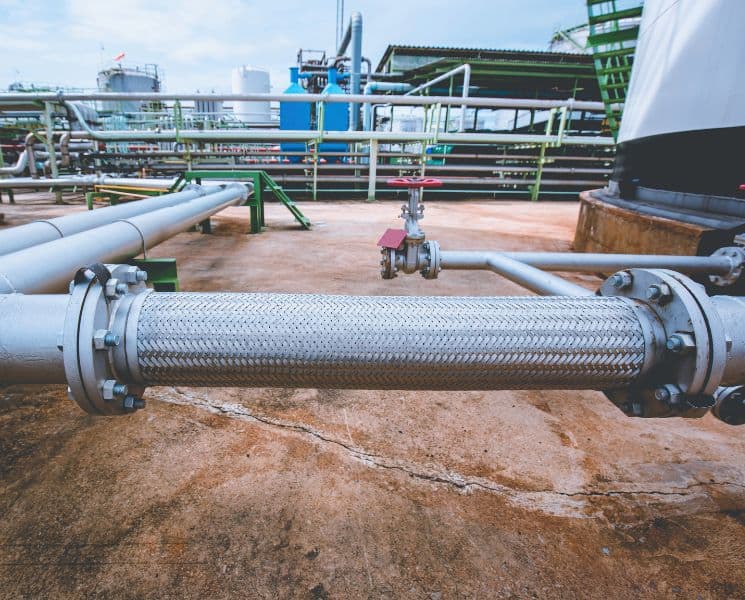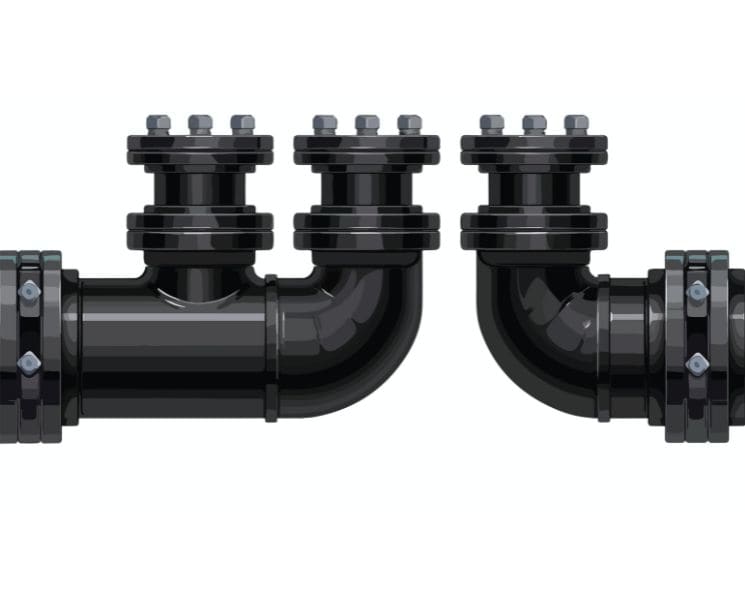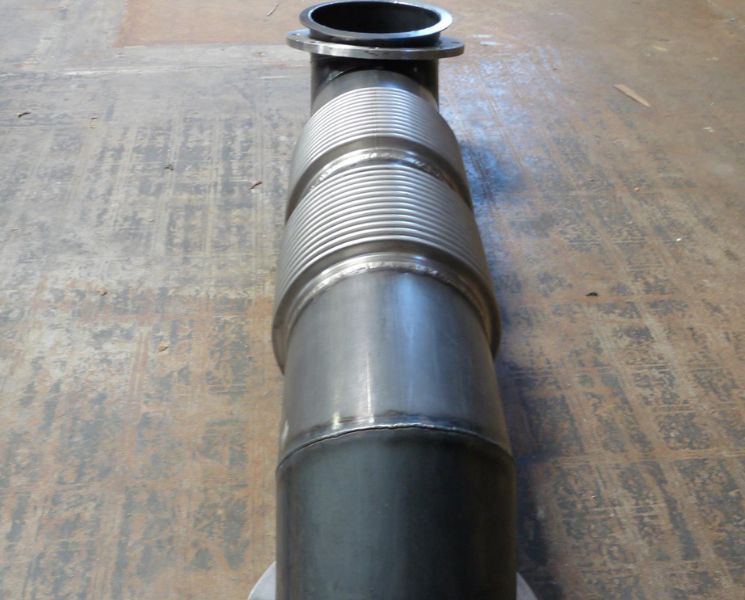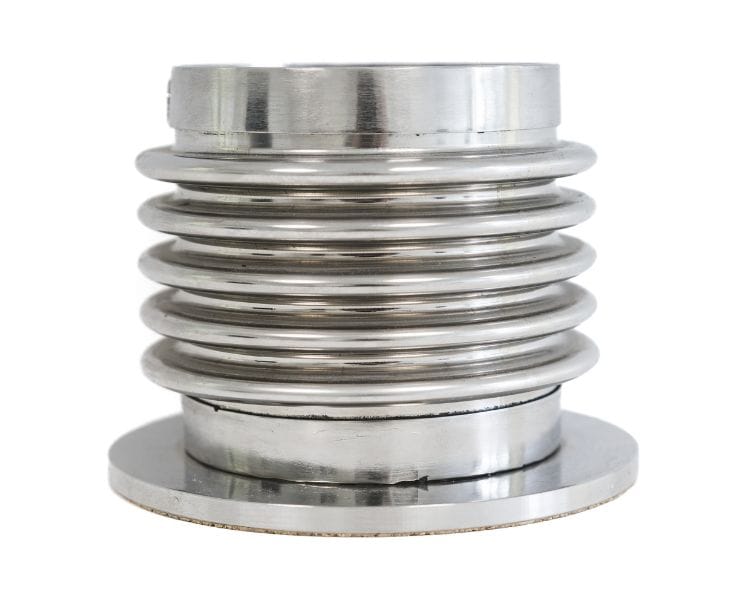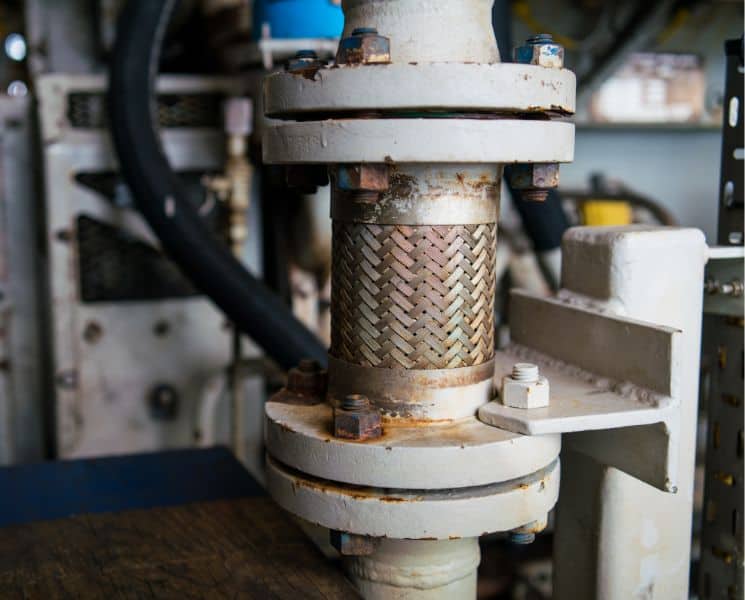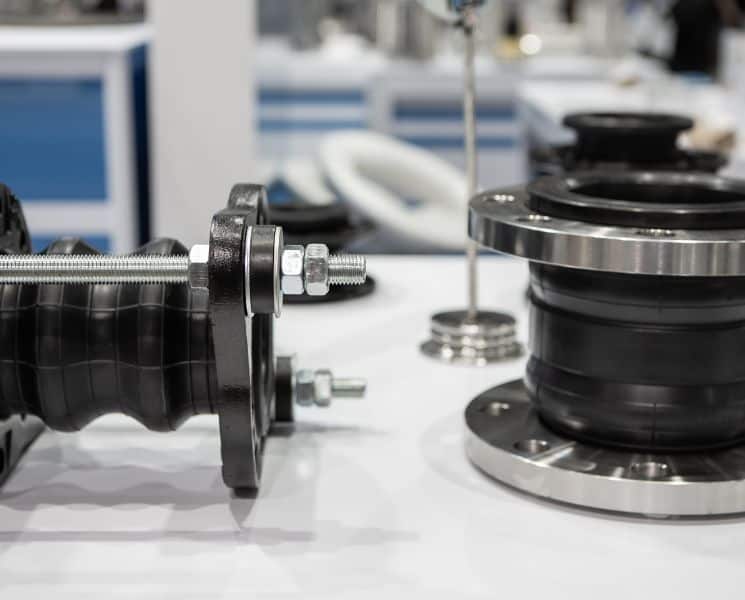An expansion joint plays a crucial role in managing stress when you install one in your pipeline. However, the expansion joint would not be able to do its job without the help of end fittings, which ensure a secure connection between the joint and the pipeline. Read on to learn more about the different types of end fittings for expansion joints.
Flanges End Fittings
The flange is one of the most common types of end fittings used in pipeline systems, which consists of a rim or collar that protrudes outward from a pipe, providing a surface that someone can bolt to another flange to connect pipes, expansion joints, or other components.
Flange connections have a few advantages in pipeline systems. They offer a secure connection while also providing easy installation, maintenance, and repair access. You should be able to easily disassemble a pipeline with flange connections to gain access to the components within when necessary.
Beveled Weld Ends
A beveled weld end is another common type of end fitting for expansion joints. These fittings have a beveled edge that allows for a smooth transition when welded to a corresponding beveled edge on the pipe.
The primary advantage of using beveled weld ends is their ability to withstand high-pressure and high-temperature environments. The welded connection results in a continuous, pressure-tight seal with high structural integrity when you install them properly. Additionally, welded connections can offer a decreased chance of leaks.
Threaded Male Ends
A threaded male end is a third option users have for end fittings. These feature threads on the outside that you can screw into corresponding internal threads on a pipe or other fitting, providing a secure connection.
The ease of installation and removal they offer is one advantage of using threaded male ends. This convenience allows you to save time and effort, which you can apply to another task during your workday.
Copper Sweat Ends
A copper sweat end is one final option you have for joining expansion joints to pipes. They feature a smooth end that fits into a corresponding pipe. You will then need to heat and melt a soldering material to fill the gap between the pipe and the fitting, creating a strong seal.
The main advantage of copper sweat ends is their long-lasting, leak-proof connection, making them an ideal choice for applications where the joint will not require frequent disassembly. However, the installation process requires extreme caution, or you may put yourself and others around you at risk.
Triad Bellows is a top manufacturer of different types of end fittings for expansion joints—durable expansion bellows, for example—for clients across the world. We employ an experienced team that works with integrity to deliver the best products possible.

